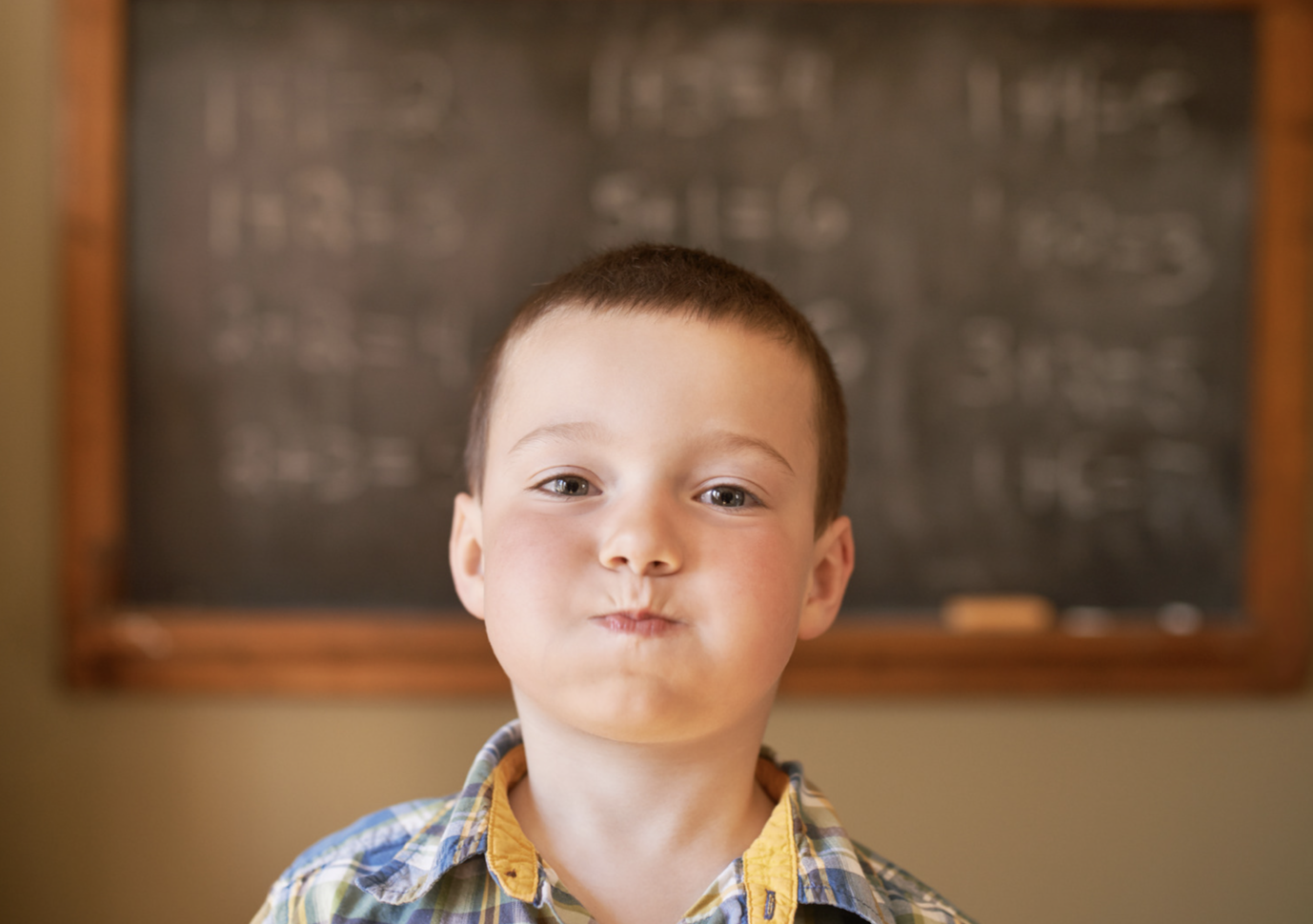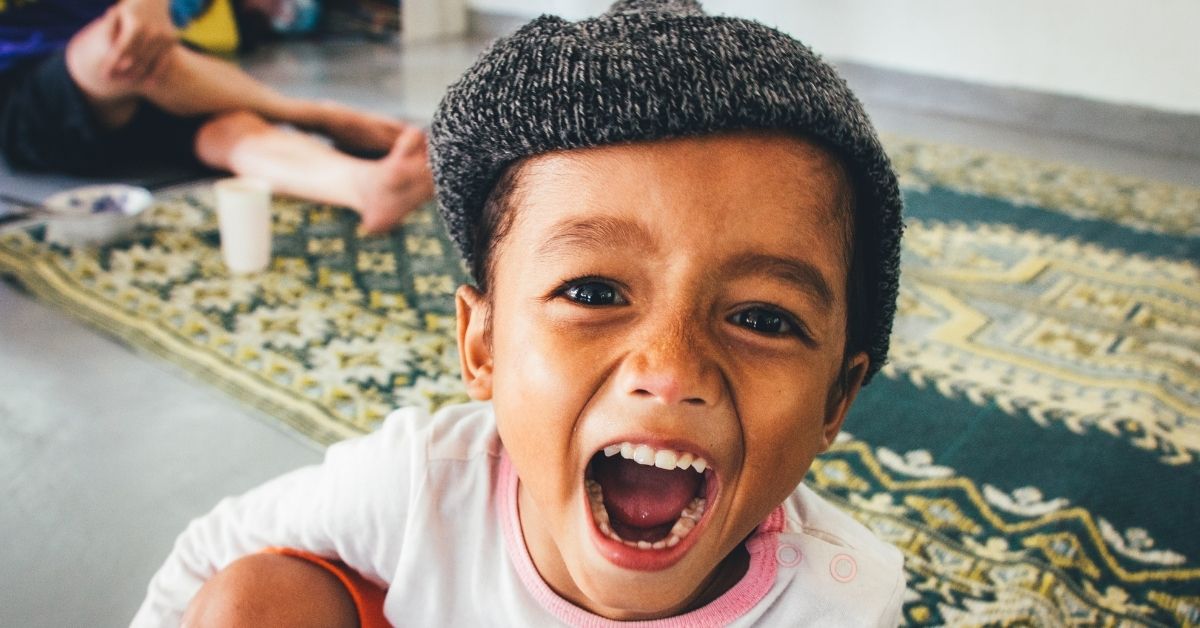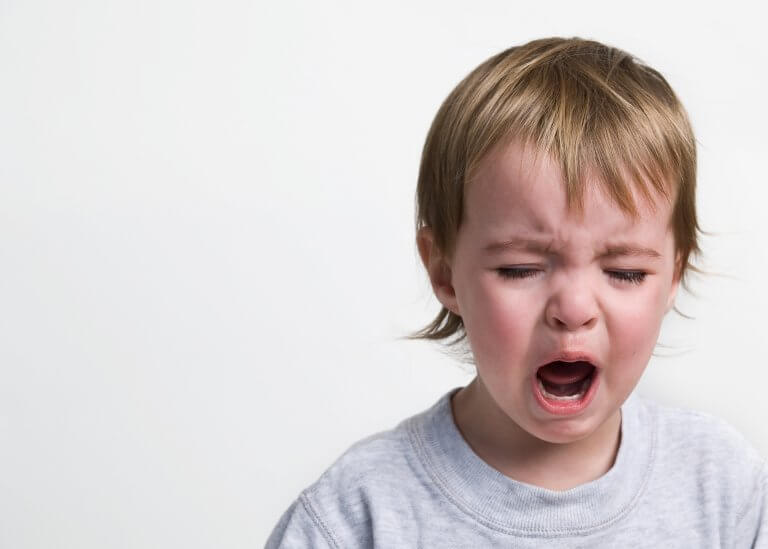
(PDF) Breathholding spells
A breath-holding spell is a common benign phenomenon that affects up to 5% of children.[1] These spells can be a frightening experience for children as well as parents. These spells are broken down into 2 types: cyanotic and pallid.[2][3] The cyanotic type is usually precipitated by the child being angry or frustrated, which causes them to hold their breath until the face turns purple or blue.

My baby stopped breathing Breath Holding Spell Awareness
Cyanotic breath-holding spells: This is the most common type of breath-holding spell, accounting for about 85% of occurrences. The cyanotic spell is often a response to frustration, anger, fear, or pain. It usually occurs when the child is crying and becomes unable to draw a breath. Their skin turns bluish, especially around the lips, and they.

Breath Holding Spell atau Epilepsi? YouTube
Breath-holding spells commonly affect up to 5% of all infants. While they are benign, they might be a frightening experience for children and, consequently, for their caregivers. Breath-holding spells occur in children with benign neurological examination findings and children who meet age-appropriate developmental milestones. Typically breath.

Breathing spell BREATHING SPELL definition YouTube
One hundred and sixty records of children with breath-holding spells were reviewed. This number included all patients seen at St. Louis Children's Hospital from 1934 to 1961 (51) and all.

Kinderneurologie.eu
Breath-Holding Spells - Learn about the causes, symptoms, diagnosis & treatment from the MSD Manuals - Medical Consumer Version.

Breath holding spells Science explained YouTube
Breath holding is common, especially in children aged six months to six years old. When your child holds their breath, it is often called a spell. Breath-holding spells can happen after your child has had a fright or a minor accident, or when they are scolded, frustrated or very upset. Breath holding is frightening and distressing for parents.

baby breath holding spell, baby breath holding, breath holding spell, baby breath holding
Breath-holding spells (BHSs) are a benign, recurring condition of childhood in which anger or pain produces crying that culminates in noiseless expiration and apnea. The frequency of BHSs, which are involuntary phenomena, is variable and ranges from several episodes a day to only several episodes per year. Although the spells are innocuous.

Breath Holding Spell Breathing Apnea
INTRODUCTION. Breath holding spells (BHS) is a common problem in children, and particularly so in infants and is a frightening experience for the parents. 1,2 BHS is apparently due to acute cerebral hypoxia, and the child recovers spontaneously after a period of unconsciousness and sometimes opisthotonic posturing. 3 BHS may occur in children with normal neurological development, and usually.

Penyakit BreathHolding Spell Definisi, Penyebab, Gejala, dan Tata Laksana AI Care
Cyanotic breath-holding spell. During a cyanotic breath-holding spell, children hold their breath (without necessarily being aware they are doing so) until they lose consciousness. Typically, the child cries out, exhales, and stops breathing. Shortly afterward, the child begins to turn blue and unconsciousness ensues. A brief seizure may occur.

Breath Holding spells definition, types and treatment YouTube
Breath-holding spells are short spells of time during which a child stops breathing. They are commonly mistaken for seizures. Spells usually occur in an otherwise neurologically healthy toddler. The most common age for a spell is between 12 and 18 months old. Some children with breath-holding spells can be younger.

Breathholding Spells Causes, Prevention, and Treatment Parenting with Dr. Kruti YouTube
Kinderen met breath holding spells ontwikkelen zich dan ook in principe normaal. Hoe wordt de diagnose breath-holding-spells gesteld? Verhaal en onderzoek De diagnose breath-holding-spells kan worden gesteld op grond van het verhaal en het zien van de aanvallen. Het opnemen van deze aanvallen op video kan heel verhelderend zijn.

Breath Holding Spell Youtube SPELOL
Breath holding spells involve a child holding their breath, turning flushed or pale in the face, or losing consciousness. They usually have a trigger, such as anger or frustration. Breath holding.

BreathHolding Spells Child Neurology Foundation
Answer. A breath-holding spell is a benign paroxysmal nonepileptic disorder occurring in healthy children 6 to 48 months of age. The episodes start with a provocation such as emotional upset or minor injury, and might progress to breath holding, cyanosis, and syncope. The episodes are extremely frightening to watch but have benign consequences.

Breath Holding Spell Youtube SPELOL
Paroxysmal events are frequent in infancy. In one population-based cohort, they occurred in 9 percent of those in the first year of life [ 1 ]. While seizures and epilepsy are commonly considered in the differential, these make up a small fraction (<10 percent) of these events. Neonates and infants exhibit nonepileptic paroxysmal episodes that.

Breath Holding Spells One Family's Story Twiniversity
Breath-holding spells affect 0.1 to 4.6% of otherwise healthy infants and young children from six months to five years of age [ 4 - 6 ]. The onset is usually between 6 and 18 months of age, and is almost always before two years of age [ 1, 6 - 8 ]. Onset in the neonatal period has rarely been reported [ 9, 10 ].

Breath holding spell, wat is dat? Kennemerland
Breath-holding spells (BHS) are the occurrence of episodic apnea in children, possibly associated with loss of consciousness, and changes in postural tone. Breath-holding spells occur in approximately 5% of the population with equal distribution between males and females. They are most common in children between 6 and 18 months and usually not.